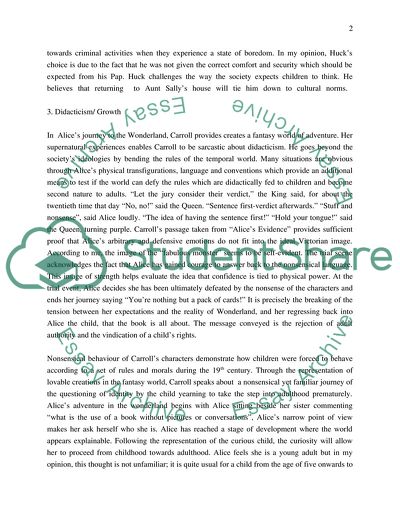Cite this document
(“Lewis Carrolls Classical Childrens Novel Essay Example | Topics and Well Written Essays - 1000 words”, n.d.)
Retrieved from https://studentshare.org/literature/1536962-childrens-fiction-editing
Retrieved from https://studentshare.org/literature/1536962-childrens-fiction-editing
(Lewis Carrolls Classical Childrens Novel Essay Example | Topics and Well Written Essays - 1000 Words)
https://studentshare.org/literature/1536962-childrens-fiction-editing.
https://studentshare.org/literature/1536962-childrens-fiction-editing.
“Lewis Carrolls Classical Childrens Novel Essay Example | Topics and Well Written Essays - 1000 Words”, n.d. https://studentshare.org/literature/1536962-childrens-fiction-editing.


